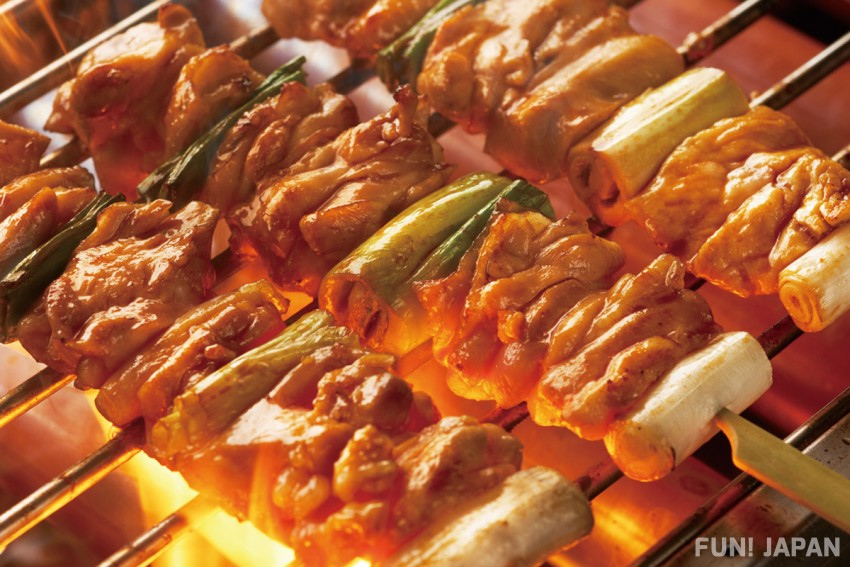
Yakitori (焼き鳥 or 焼鳥 - chicken skewer) is one of the most popular Japanese dishes. The appeal is that the menu is rich and you can try different parts of the chicken, but even when you look at the name of the dish, you often don't know which part it's from. So, using the actual menu of Japan's popular yakitori chain restaurant "Torikizoku" as an example, we will introduce the types of standard yakitori along with which name is which part of meat! Now, you can order without hesitation even if you only have a Japanese menu when you visit Japan♪
What is yakitori? Do the Japanese expressions “焼き鳥” and “やきとり” (both pronounced as 'yakitori') have different meanings?
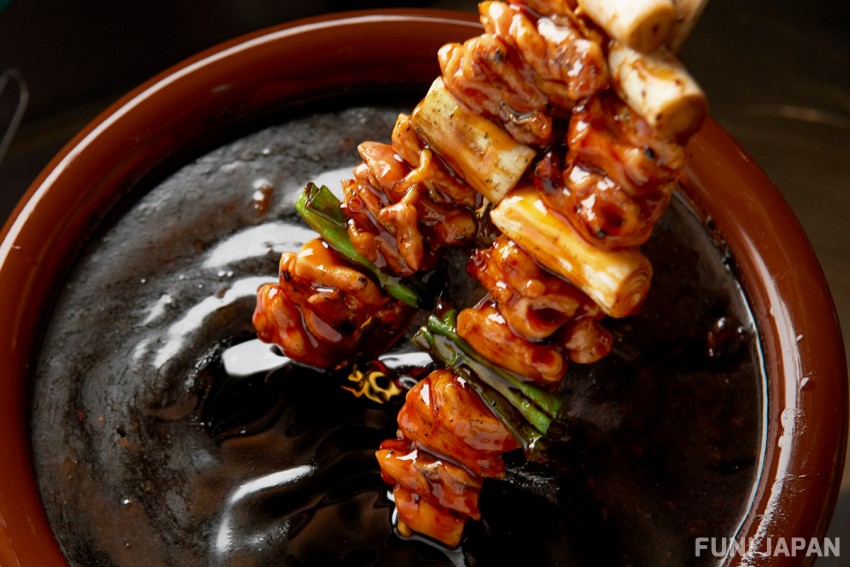
The original form of today's yakitori (written as 焼き鳥 or 焼鳥 - grilled chicken skewers), in which chicken is cooked on skewers, first appeared in literature around 1785, during the mid-Edo period. Until then, even though the word "yakitori" (written as やきとり) existed, it was treated as something different from skewered chicken, and simply referred to a dish of grilled chicken (grilled or roasted chicken). Yakitori (やきとり) stalls also appeared during the Meiji period (1868-1912). The scraps and internal organs that come out when cutting chicken were served on skewers.
Later, in the 1960s, it became possible to mass-produce chicken, and it quickly became popular, with an increase in the number of mass-market yakitori restaurants. Now you can buy it not only at yakitori restaurants but also at supermarkets and convenience stores.
By the way, did you know that in modern Japan, there is a difference in meaning between "yakitori" (焼き鳥) written in kanji and "yakitori" (やきとり) written in hiragana?
The difference is chicken or non-chicken meat. In general, skewered chicken is written in kanji as "焼き鳥" or "焼鳥", and skewered meat or internal organs such as pork, beef, or horse are often written as "やきとり" in hiragana. When you visit Japan, it's fun to compare what is written on the signs and curtains.
How to eat yakitori and how to order at a restaurant
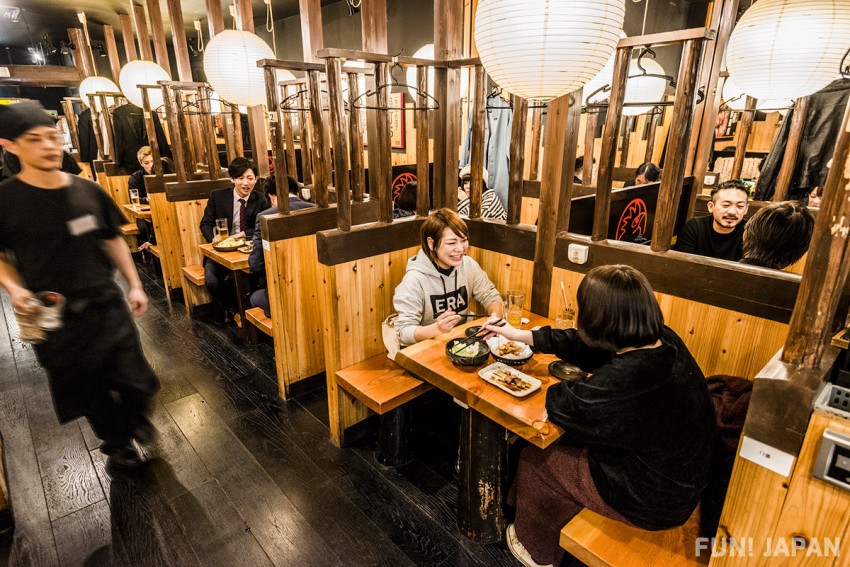
The main seasoning for yakitori is salt or sauce (called タレ 'ta-re' in Japanese). Which one is better depends on your preference, but some restaurants may be particular about this part, such as using "sauce" for this certain part and "salt" for different part. In that case, if you listen to the restaurant's specialties before ordering, you will be able to enjoy the delicious yakitori that the restaurant is proud of.
At many yakitori restaurants, you can order one or two skewers, but if you're not sure which part you want, we recommend the platter, which includes several types of yakitori. However, if you order too much at once, it will get cold before you can savor them, so order a little at a time. The best time to order more is when you've eaten about half of the yakitori you ordered.
The next thing to be confused about is how to eat it. Do you eat the meat directly from the skewers, or do you remove all the meat from the skewers with chopsticks? Opinions are divided even among Japanese people, but in reality, there is no set rule for the correct way to eat yakitori. If anything, it is considered more elegant to eat it by taking it off the skewer first, but if you eat it that way, you may lose the real appeal of skewers.
This is because if you remove everything from the skewer before eating, the flavor of the meat that was covered with the skewer will escape, and the meat will cool down more easily, losing its typical yakitori flavor. However, if you eat it directly, it will be difficult to eat the meat at the bottom of the skewer, so it is better to move the bottom part of the skewer towards the tip with chopsticks before eating, without staining the area around your mouth. After you finish eating, put the skewers in the skewer container.
Why Torikizoku is popular as a yakitori restaurant in Japan

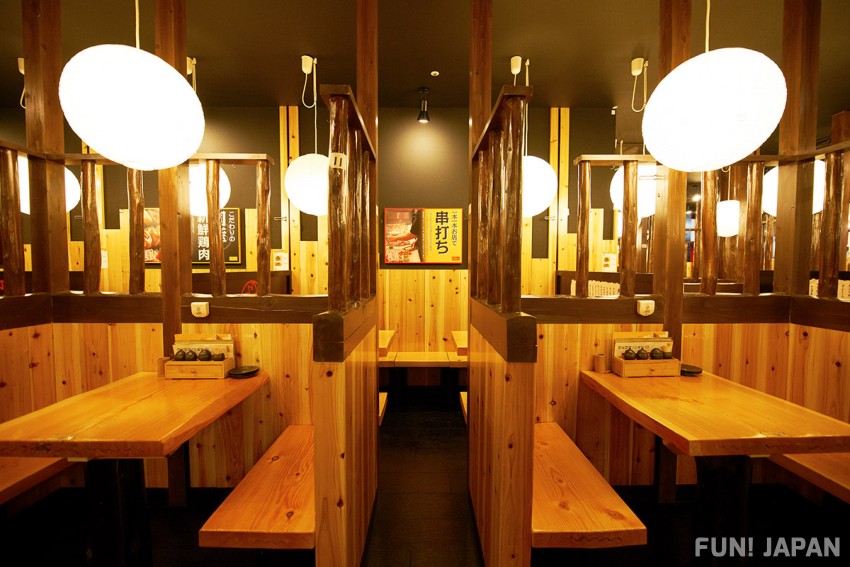
Torikizoku is a popular yakitori chain restaurant in Japan. One of the reasons for its popularity is that you can eat yakitori with high quality at a reasonable price. All yakitori items are priced at the same price, and for groups of 4 or more, we also have a great party plan that includes all-you-can-eat and drink for 2 hours.
In addition to many types of yakitori, there is also a wide variety of menus, including a la carte dishes, rice dishes, and desserts! There are many types of alcohol and soft drinks, and they are reasonably priced, so they are popular with both those who want to eat heartily and those who want to eat while having a light drink.
*Drinking alcohol for those under 20 years of age is prohibited by law.
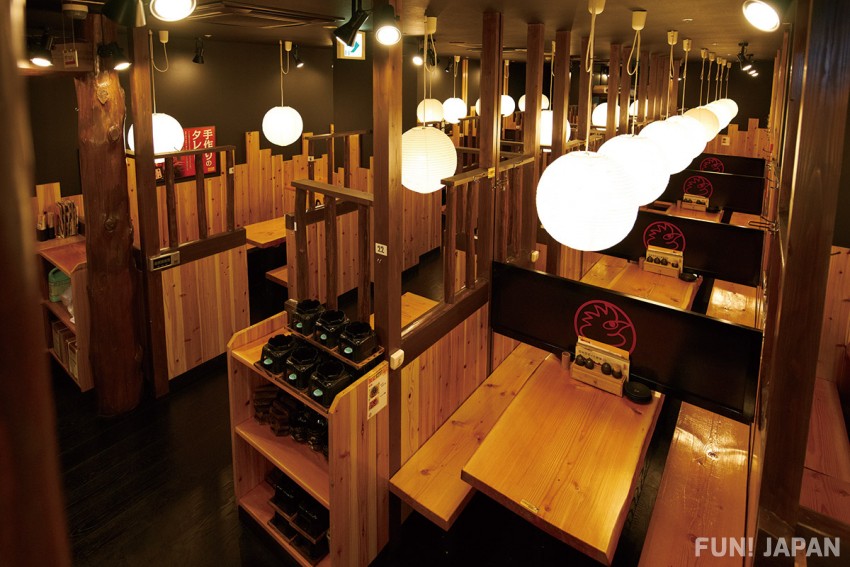
The ingredients are not only delicious but also safe, using reliable ingredients from Japan, including chicken from Kagoshima Prefecture. The sauce is handmade in-house using plenty of chicken, slowly simmered with vegetables and fruits, and the salt is also made from rock salt.
Of course, Torikizoku is particular about how to grill too! Each piece of chicken is carefully skewered* and then grilled using an electric grill* that produces a taste close to that of charcoal. Due to these various commitments, Torikizoku is able to provide delicious and reasonably priced yakitori, which is loved by many people.
*串打ち (Kushiuchi): Threading ingredients such as chicken or vegetables onto skewers. In order not to miss the taste, a solid technique is required.
*電気グリラー (Electric griller): Some stores also have gas specifications.
List of standard yakitori menu types and meat parts
We will introduce Torikizoku's yakitori menu along with the standard yakitori types offered at regular restaurants.
| General types (in Japanese) | Torikizoku menu types (in Japanese) | Reading | Chicken parts |
| もも | もも貴族焼、 みたれ | Momo / Momo Kizokuyaki, Mitare | Thigh (from the base of foot to leg) |
| むね、胸 | むね貴族焼、 むね明太マヨ | Mune / Mune Kizokuyaki, Mune-mentai-mayo | Breast |
| ささみ | ささみ | Sasami | Tender or fillet (Inner breast muscles) |
| せせり | せせり | Seseri | Neck meat |
| ぼんじり | 三角(ぼんじり) | Bonjiri | Tail meat (base of tail) |
| 手羽先 | 手羽先 | Tebasaki | Wing (part of the wing that does not include the base of the wing) |
| ハツ、ハート | ハート(ハツ) | Hatsu or Ha-to | Heart |
| レバー、きも | きも(レバー)、 きも焼‐塩ごま油添え‐ | Reba- or Kimo, Kimo-yaki -shiohomayuae- | Liver |
| 砂肝、砂ずり | 砂ずり(砂肝) | Sunagimo or Sunazuri | Stomach (gizzard) |
| 軟骨 | なんこつ | Nankotsu | Cartilage (relatively soft parts of the joint) |
| 皮、かわ | かわ | Kawa | Skin (neck skin, chest skin, thigh skin, etc.) |
| つくね | つくね | Tsukune | Minced chicken mixed with vegetables etc. |
| ねぎま | もも貴族焼、 むね貴族焼 | Negima / Momo Kizokuyaki, Mune Kizokuyaki | Leek (negi) and thigh or breast meat |
もも (Mono - thigh), むね (Mune - breast)

Although all of them are are called chicken meat, the texture and taste vary depending on the part. Of these chicken parts, the most well-known and classic part is the thigh and breast.
Momo (もも - thigh) are the part of the chicken leg that undergoes a lot of movement, so they are thick & firm, have just the right amount of fat, have a springy texture, and are appealing for their umami and rich flavor. When grilled with salt, the salt enhances the taste of the thigh meat, and the sweet green onions bring out the flavor of the meat. In addition to rock salt flavor, there are other options such as sauces and spices.
Mune (むね - breast) is the breast part, and the flesh is soft and has a refreshing taste. Chicken is characterized by being low in fat and high in protein. The refreshing flavor of the breast meat is brought out by the rock salt. It also goes great with sweet negi (green onions). There are Mune Kizokuyaki with sauce and spices too.
At Torikizoku, "Negima", which is made by sandwiching green onions between meat, is served as normal "Momo" or "Mune". However, there are many restaurants where "Momo" only serves thigh meat, and "Mune" only serves breast meat. By the way, "Negima" (ねぎま) originally meant a hot pot dish using green onions and tuna. This evolved into a dish of skewered tuna with green onions, and the use of chicken instead of tuna became a staple dish. The name of the dish has remained the same, and it is the current incarnation of "Negima".
せせり (Seseri), ささみ (Sasami)

Seseri and Sasami are also standard cuts at Japanese yakitori restaurants.
Seseri (せせり - neck) is the neck meat, which is a part of the chicken that moves a lot, so it has a firm, elastic texture and a springy texture. This part is relatively fatty and has a rich flavor, and the more you bite into it, the more juices come out.
Sasami (ささみ - chicken tender/filler) is characterized by its tender flesh because the muscles inside the breast meat don't move much. It is rich in protein, low in fat, and has a mild taste, and can be enjoyed either raw or grilled with wasabi.
ハートたれ (or ハツたれ / Ha-to tare or Hatsu tare - heart with sauce ), きも (Kimo - liver), 砂ずり (Sunazuri - gizzard)
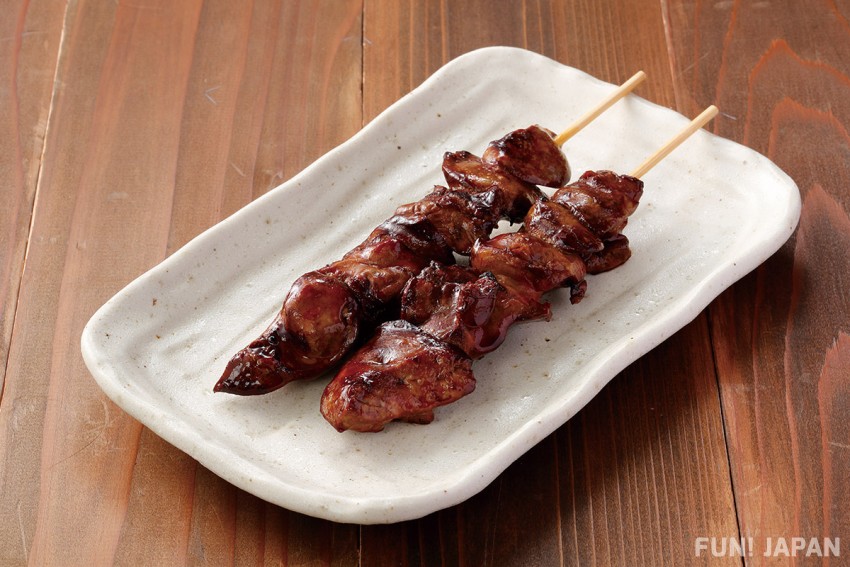

Chicken innards are also popular as yakitori. Heart, liver, and gizzard are commonly served.
Hatsu (ハツ - heart) is the part of the heart, and is also called ha-to (ハート) from the English word 'heart' or kokoro (こころ). The heart, which pumps blood throughout the body, is made of muscle, and because it is in constant motion, it is characterized by its elasticity and unique softness. If you drain the blood properly, you can enjoy a rich, flavor-free flavor. Tare-yaki (sauce-grilled) is fragrant, and shio-yaki (salt-grilled) has a refreshing taste.
Kimo (きも - liver) is the liver. This part has a soft texture and is packed with flavor. It has a strong odor when left alone, but you can remove the odor by draining the blood and cooking it. At Torikizoku, the food is skewered in-house, so there is no odor. You can enjoy Kimo (liver) with a rich and creamy flavor sauce-grilled.
Sunazuri (砂ずり - gizzard) is one of the chicken's two stomachs. This is a part of the body that has developed muscles to grind up things that have been swallowed whole. It has a rich but refreshing taste, and one of its characteristics is that it does not have any unpleasant taste even among the internal organs. At Torikizoku, the food is grilled using rock salt to give you the crunchy texture and flavor typical of gizzard.
There are other internal organs that are used for yakitori. For example, Hatsumoto (ハツモト - base of heart) is the part of the heart that connects to the aorta at the base of the heart, and Shiro Re-ba (白レバー - white liver) has a high fat content and tastes similar to foie gras. Segimo (背肝 - back liver) is the part of the liver that corresponds to the kidneys, and has a rich flavor similar to liver, and is chewy. There are various types of stomach, including the Sen'i (線胃 - stomach), which has a lot of fat and has a chewy texture.
やげんなんこつ (Yagen Nankotsu - chest cartilage), ひざなんこつ (Hiza Nankotsu - knee cartilage)

Nankotsu (軟骨 - cartilage) is a relatively soft part of a joint. The spear-shaped cartilage at the end of the chest is Yagen Nankotsu (やげんなんこつ), and the cartilage in the knees is Hiza Nankotsu (ひざなんこつ). Both have a unique crunchy texture.
つくね (Tsukune - chicken meatball), ねぎま (Negima - chicken with green onion)

Tsukune (つくね) is yakitori made by forming minced meat and vegetables into dumplings or cylindrical shape. There are various types depending on the store, such as adding Nankotsu to add a crunchy texture. Torikizoku includes tsukune salt-grilled with shiso leaves, tsukune sauce-grilled with a mellow and rich sauce, and tsukune cheese yaki, which is grilled meatballs wrapped in cheese.
Negima (ねぎま), also called Hasami (ハサミ), has green onions between the pieces of meat. Thigh meat is mainly used, but some restaurants may also use breast meat. At Torikizoku, Negima are served as "Kizokuyaki".
There are 629 stores across Japan! Online reservations are very convenient and reduce waiting time.
Torikizoku has approximately 629 stores across Japan*. There are over 191 stores* in Tokyo alone, and they are available in many areas, including popular tourist destinations such as Shinjuku, Shibuya, Akihabara, to even Osaka's Namba and Umeda in Kansai. Therefore, there is no need to travel long distances to find shops in urban areas. Also, you can make online reservations* at most stores, so if you want to avoid waiting time, we recommend making reservations online.
*Number of stores: As of the end of September
*Online reservation: Reservations are not available at some stores.
Torikizoku (鳥貴族)
- Business hours: Varies depending on the store (some stores are open from noon, but please check the official website for details.)
- Budget: All yakitori items priced at 360 yen (tax included)
- Foreign language support: English menu
- Homepage: https://torikizoku.co.jp/
- Online reservation site: https://map.torikizoku.co.jp/store
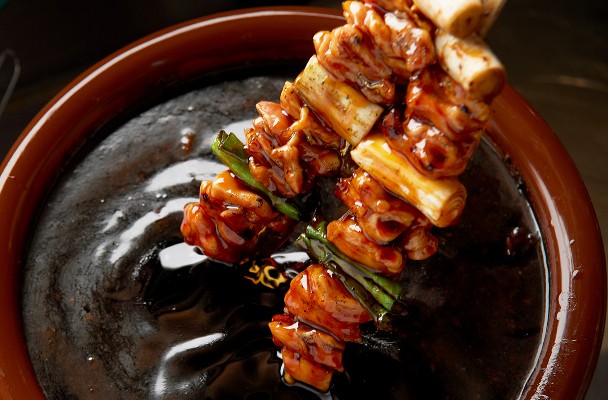
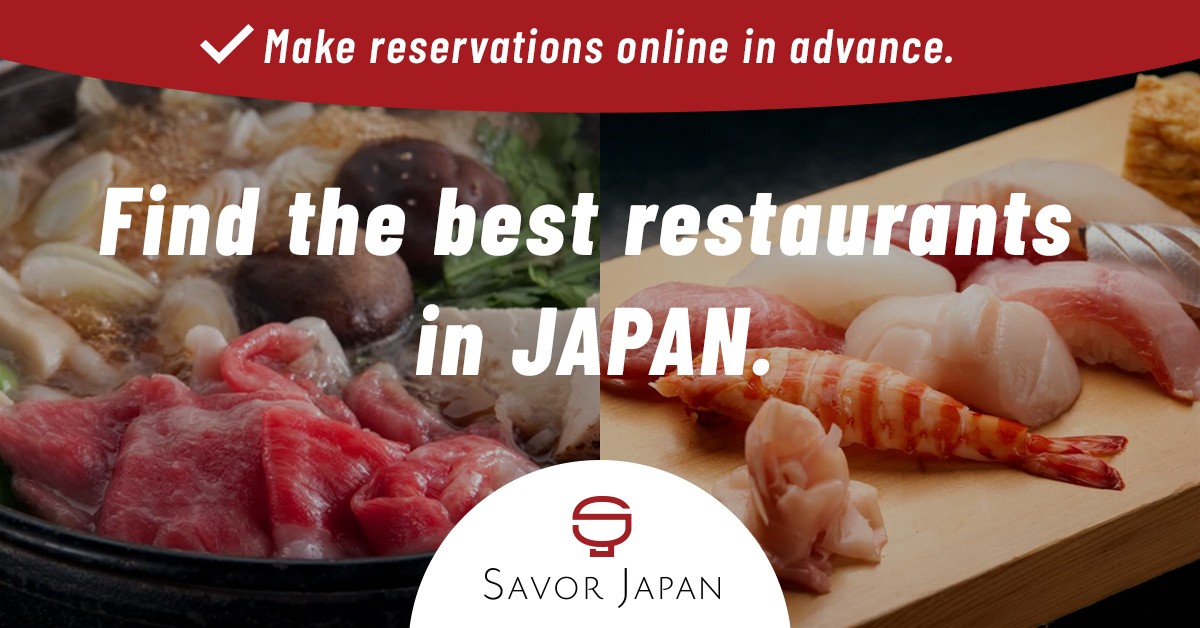
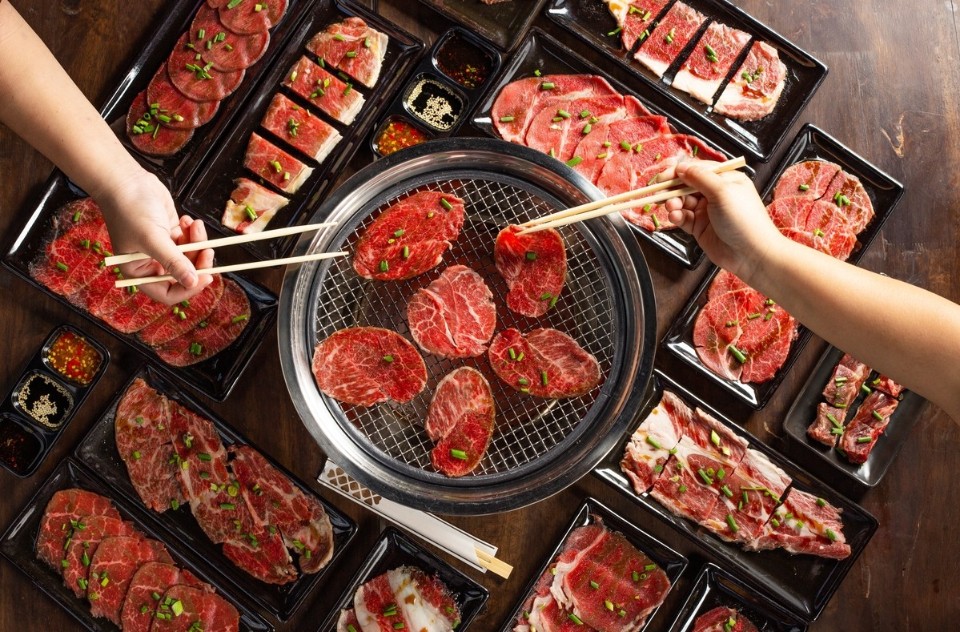
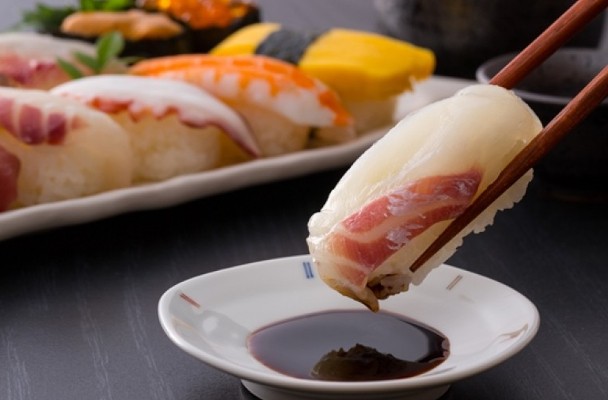
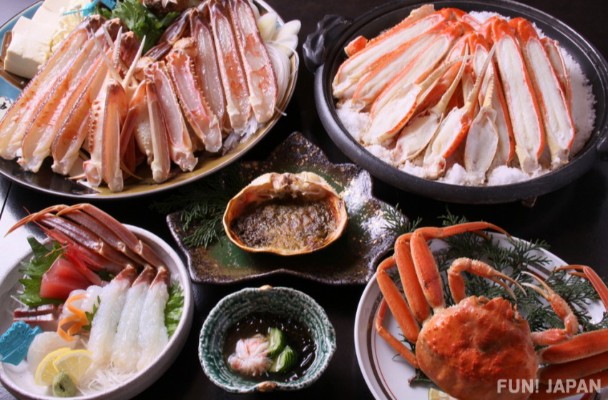


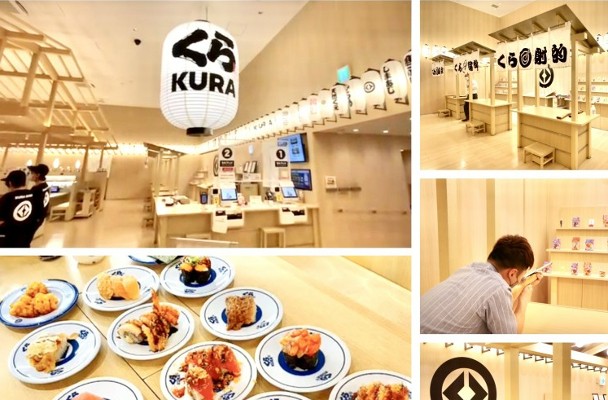
Comments